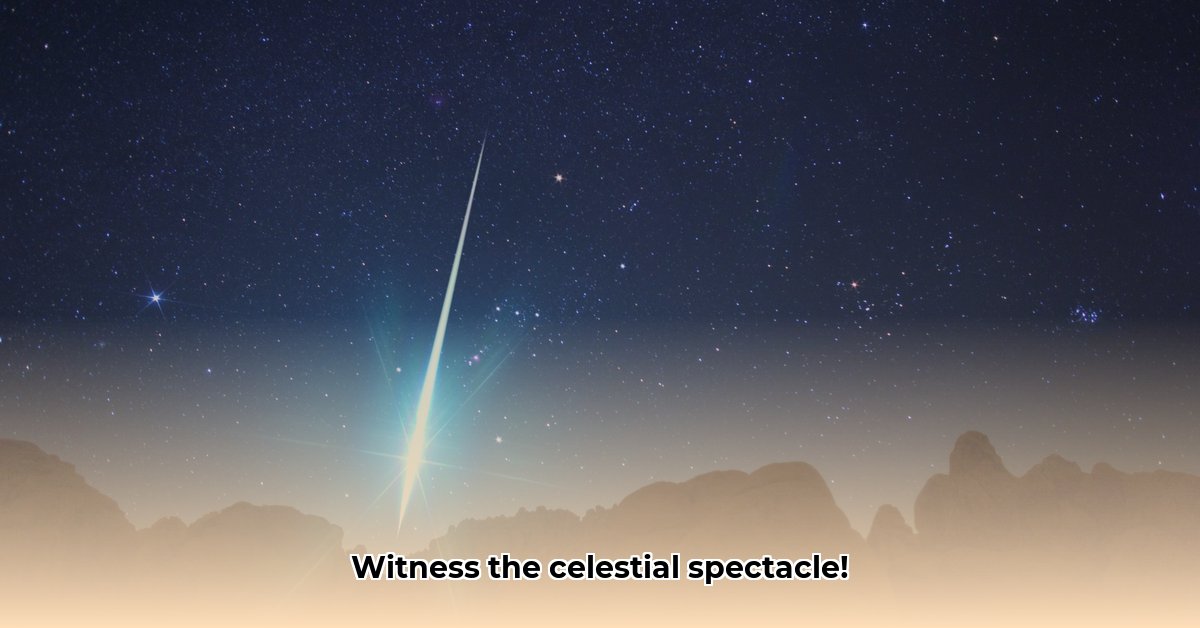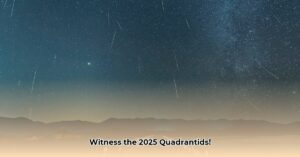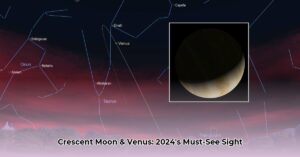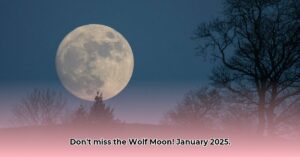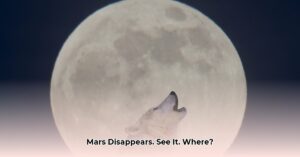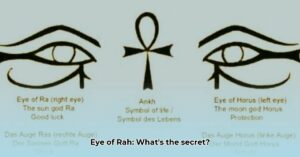Witness a celestial spectacle! This guide provides everything you need to know to successfully view and enjoy a meteor shower, from finding the perfect dark sky location to understanding the science behind these cosmic displays.
Finding Your Dark Sky Oasis
Light pollution is the biggest obstacle to meteor viewing. Escape the urban glow and seek truly dark skies. Rural locations, state parks, and higher elevations offer the best viewing conditions. Use a light pollution map to locate dark sky areas near you.
Minimizing Light Pollution for Optimal Viewing
- Seek remote locations: Venture away from city lights into rural areas, state parks, or higher elevations where light pollution is minimal.
- Consult dark sky maps: Utilize online resources like the International Dark-Sky Association website to find certified International Dark Sky Places or use apps that show light pollution levels.
- Consider elevation: Higher altitudes have thinner air, which often translates to clearer skies and better visibility.
Timing Your Meteor Shower Excursion
Knowing when to look is crucial. Meteor showers have peak activity periods. Consult a meteor shower calendar for specific dates and times.
Pinpointing Peak Viewing Times
- Consult reputable resources: Refer to the American Meteor Society (AMS) or Time and Date websites for accurate meteor shower calendars and peak viewing times.
- Consider the moon phase: A new or crescent moon provides the darkest skies, ideal for meteor viewing. Check the lunar calendar to plan accordingly.
- Focus on pre-dawn hours: The hours before dawn are often the best for meteor viewing due to Earth’s orbital position, but some meteors might be visible earlier in the evening as well.
Preparing for the Show
Once you’ve found your dark spot and know the optimal viewing time, it’s time to prepare for the show.
Essential Gear and Viewing Tips
- Dress warmly: Even summer nights can get chilly. Layers are essential.
- Comfort is key: Bring a reclining chair, blanket, or sleeping bag for comfortable viewing.
- Red light flashlight: Preserve your night vision with a red light. White light disrupts dark adaptation.
- Optional extras: A star chart or astronomy app can help you locate the radiant (the point from which the meteors seem to originate).
- Snacks and drinks: Stay hydrated and energized, especially for longer viewing sessions.
Understanding the Science
Meteor showers occur when Earth passes through debris left by comets or asteroids. These particles burn up in the atmosphere, creating fiery streaks.
The Radiant and Meteor Shower Dynamics
- Identifying the radiant: Meteors appear to originate from a specific point in the sky called the radiant. Knowing its location can enhance your understanding but don’t fixate on it. Meteors can appear anywhere.
- Debris streams and Earth’s orbit: Meteor showers occur annually when Earth passes through the debris field left by a comet or asteroid. The intensity of the shower can vary based on the density of the debris field.
- Ongoing research: Scientists are still researching the composition of meteoroids and how gravitational forces influence meteoroid streams.
Troubleshooting
Didn’t see many meteors? Several factors can affect visibility.
Common Challenges and Solutions
- Cloudy skies: Check the weather forecast and have a backup plan. Sometimes, waiting for breaks in the clouds can be rewarding.
- Bright moon: A full moon can wash out fainter meteors. Plan your viewing around a new moon or when the moon sets early.
- Light pollution: Even distant city lights can interfere. Find the darkest location possible.
- Impatience: Meteor showers are unpredictable. Relax, enjoy the night sky, and the meteors will likely appear eventually.
Meteor Shower Calendar (2024 Example – Check for updated dates annually)
| Meteor Shower Name | Peak Dates (Approximate) | Best Viewing Time (Local) | Originating Constellation |
|---|---|---|---|
| Quadrantids | January 3-4 | Pre-dawn hours | Boötes |
| Lyrids | April 22-23 | Late night/Pre-dawn hours | Lyra |
| Perseids | August 12-13 | Pre-dawn hours | Perseus |
| Orionids | October 21-22 | Pre-dawn hours | Orion |
| Geminids | December 13-14 | Late night/Pre-dawn hours | Gemini |
Conclusion
With a little planning and patience, you can experience the magic of a meteor shower. So, find your dark sky oasis, check the timing, prepare for the show, and be amazed by the wonders of the universe. Happy meteor watching!

